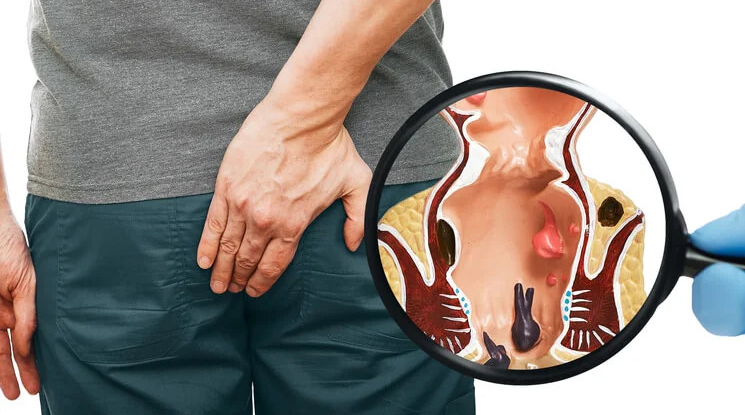
1 July,2023
User admin
Treatment of Piles / Hemorrhoids
Prevention is always better than cure. Since the disease has possible genetic cause, patients with family history of piles should take special precautions. Also patients with chronic constipation should be on high alert as majority of the patients of piles, if not all have associated constipation. Preventive measures include balanced fibre rich diet, adequate water intake and healthy lifestyle with timely meals. This allows regular bowel movement without straining. Even if the patients have early / low grade piles, these measures help in symptom relief and slows the progression of disease.
The treatment of piles depends upon its size and severity of symptoms. Large prolapsing pile masses or the ones with severe bleeding or pain & itching need some form of treatment. More than 50-60% patients in India present after having severe symptoms. Commonly offered treatment to patients with significant / symptomatic piles are
- Oral medicaitons: these can be used in early disease for patients with minimal symptoms and grade I prolapse. Their role is to provide some degree of symptomatic improvement by reducing congestion of the vascular tissue and giving relief in local itching and constipation.
- Injection Sclerotherapy and Banding: these can be offered to patient without much prolapse. In sclerotherapy, a chemical is injected into the hemorrhoidal tissue so as to cause its sclerosis. The pile mass dries out and eventually falls off. Contrary to this, in banding, a rubber band is applied at the base of hemorrhoid, which cuts off its blood supply. The band and hemorrhoid fall off in a few days and the wound heals over a few weeks. Both these procedures are minimally invasive and can be done in out-patient setting under local anaesthesia without a need for admission.
- Conventional Treatment / Open surgical procedure: This is a gold standard time tested procedure and involves surgical excision of all hemorrhoids (usually two or three) after ligating its base with absorbable stitches. The wound is left open to heal over a few weeks. Although the long-term results are good, major drawback of this technique is post-operative pain and long recovery time. Post-op bleeding, wound infection, anal stenosis may be seen in some cases.
- Stapled Hemorrhoidectomy / MIPH / PPH: This is a relatively newer technique introduced about 2 decades back and has evolved & accumulated significant experience over the last decade. The procedure is relatively painless and involves circumferential hemorrhoidopexy using the specialised stapler. The prolapsed mucosa is pulled up and since there are no external cuts, there is minimal pain and early healing.
- LASER Hemorrhoidopexy: This is a recently added modality in the treatment of hemorrhoids. The technique is minimally invasive, least painful, can be done as a day-care procedure and since there are no wounds, no follow-up dressings are needed. However this is ideal for grade II and early grade III piles only. The procedure is ideally used in combination with one or the other conventional surgical procedure (eg. HAL – hemorrhoidal artery ligation) to achieve good long-term result.
